-
+90533 716 2180
13 Days Greece & Turkey The Templers Tours (Tailor Made)
Departure
Athens
Duration
13 Day
Tour ID
CO0004
€1,295.00
Per Person
Itinerary
13 Days Greece & Turkey The Templers Tours (Tailor Made)
While traveling through Greece and Turkey, relive the legends of the Templers... Rhodes, Kos, Bodrum.
Day 1: Arrival transfer Athens
Arrival in Athens, transfer to your hotel and free time to recover from travel.
Overnight in Athens.
Day 2: Athens Sightseeing & Acropolis Half Day Morning Tour - Rhodes
Explore some of Greece’s greatest treasures and the best of modern Athens on this zero-carbon 3.5-hour morning Athens sightseeing tour. With an expert guide, take a coach tour of the major Athens sites, including the Greek Parliament and Panathenaic Stadium. Then, explore the Acropolis on foot to see the majestic Parthenon and other highlights. At the end of the tour some free time and transfer to the port of Piraeus and overnight ferry to Rhodos.
Overnight in ferry (B)
Day 3: Rhodes
Upon arrival check in your hotel. The day at leisure.
Overnight in Rhodes
Day 4: Rhodes
The day at leisure and you can enjoy beautiful beaches in Rhodes or further possible tours on Rhodes : Lindos (with grouprental car), Rhodes Wine Tour (with group only)
Overnight in Rhodes (B)
Day 5: Rhodes - Kos
Ferry from Rhodes to Kos
Optional ferry excursion from Rhodes to Kos via Symi Island. (At the beginning of the 20th century this Island was the Capital of the Dodecanese Islands and the world's largest Sponge-fishing center. Today it is an idyllic Island with beautiful Neoclassic Houses, traditional architecture and pebbled Courtyards.)
Overnight in Kos (B)
Day 6: Kos
The day at leisure and you can enjoy beautiful beaches in Kos.
Overnight in Kos. (B)
Day 7: Bodrum
Ferry from Kos to Bodrum
Upon arrival check in your hotel. The day at leisure.
Overnight in Bodrum.
Day 8: Bodrum
The day at leisure. You can visit Bodrum Castel and Underground Water Museum.
Overnight in Bodrum.
Day 9: Bodrum - Pamukkale - Kusadasi
In the morning, we depart for Pamukkale, cotton cas-tles and Heirapolis, including magnificently preserved necropolis, the main steet, gates, thermal baths, the Greco Roman theatre and the Basilica of St. Philippe. Swim in a theraputic bath of hot spring mineral waters.
Overnight in Kusadasi (B)
Day 10: Kusadasi - Ephesus Tour - Istanbul
Absorb yourself in history today with a guided tour of the site of one of the Seven Ancient Wonders of the world, the site of Temple of Artemis and the ancient city of Ephesus with its well preserved colonnaded Arcadian Way, Hadrians Temple, Celsus Library, market and theatre.. Feel the mystical atmosphere of the city and stadium where chariot and horse races were once held. You will also have the chance to experience some Turkish handicrafts and to visit the pilgrimage point claimed to be the last home of the Virgin Mary
After the tour transfer to Izmir Airport
Flight from Izmir to Istanbul
Upon arrival Airport transfer to your hotel for overnight.
Overnight Istanbul (B)
Day 11: F/D Istanbul Old City Walking Tour (09:00-16:00) – Istanbul
Visit the most important popular sites of Istanbul in one full day tour.
Topkapi Palace, Hagia Sophia, Blue Mosque, Hipodromme, Grand Bazaar
19:30-23:59 Optional Dinner Cruise with Turkish Entertainment
Overnight in Istanbul. (B)
Day 12: H/D Morning Bosphorus Cruise (09:00-13:00) – Istanbul
One of the most beautiful sights in the world, the Bosphorus & Bazaars. This tour includes Bosphorus Cruise by Regular Boat, Spice Market
Free afternoon
O/N Istanbul (B)
Day 13: The end of our service
After breakfast enjoy your breakfast and transfer to Airport
(B)
B-Breakfast, L-Lunch, D-Dinner
Details
Included:
Athens Airport - Athens Hotel one way private transfer
Half Day Morning Athens Sightseing Tour
Athens - Athens Pier one way private transfer
Athens - Rhodes one way economy class ferry tickets
Rhodes - Kos one way economy class ferry tickets
Kos - Bodrum one way economy class ferry tickets
Full Day Pamukkale Small Group Tour included pick up from Bodrum and drop off Kusadasi
Full Day Ephesus Small Group Tour
Kusadasi - Izmir Airport one way Shuttle Transfer
Istanbul Airport – Istanbul Otel one way Private Transfer
Full Day Istanbul Sightseeing Walking Tour
Half Day Morning Bosphorus Cruise Group Tour
Istanbul Otel – Airport one way Private Transfer
12 Nights Accommodation included breakfast (3*, 4* or boutice style)
Excluded:
International & Domestic Flight Tickets
Transfers on the Greek islands
Excursions on the Greek islands
Meals unless otherwise mentioned under included
Drinks and other personal expenses
Visa fees if / when needed
Any other service not mentioned as included above
Greece Overnight Tax
Notes:
1. The price quoted is based on a party of four adults (in 2 double rooms)
Low Season from April, May, September, October starts from 1295 Euro (pp in a double room)
High Season from June, July, August starts from 1695 Euro (pp in a double room)
2. Depending the seasonality or some international events (congress, fairs...) prices of the proposed hotels may vary.
3. Due to closure days of some sites and museums, tours may be swapped to ensure the best running of your program. We have endeavored to show these in the program.
Possible program natives :
1. Private excursions at anyall destinations (supplement to be added)
2. Higherlower hotel category (price difference to be reflected)
3. Guide services in other language than English (supplement possible)
4. Possible connection with other tours you have booked with third parties
5. This is a program proposal. We are open to any additionsreductions you may require. These will be reflected in the new quotation.
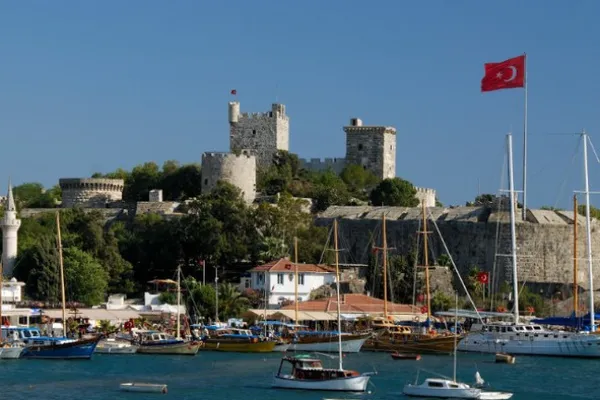

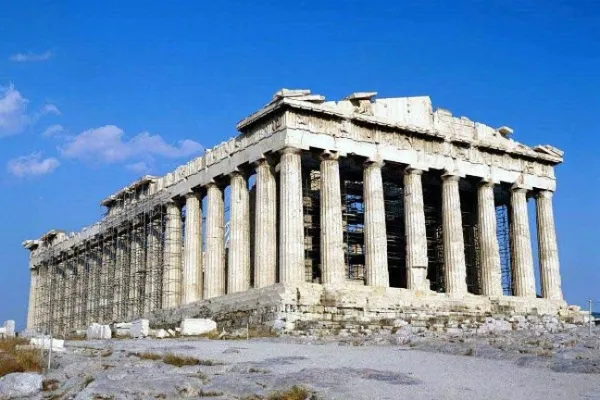
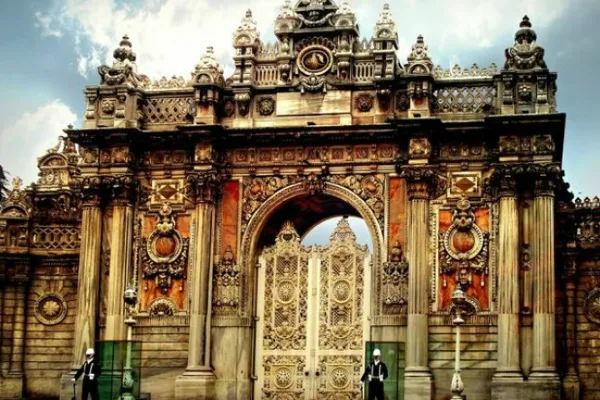

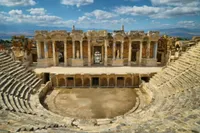

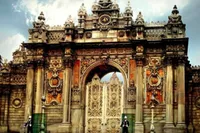


Reviews (0)
No Reviews